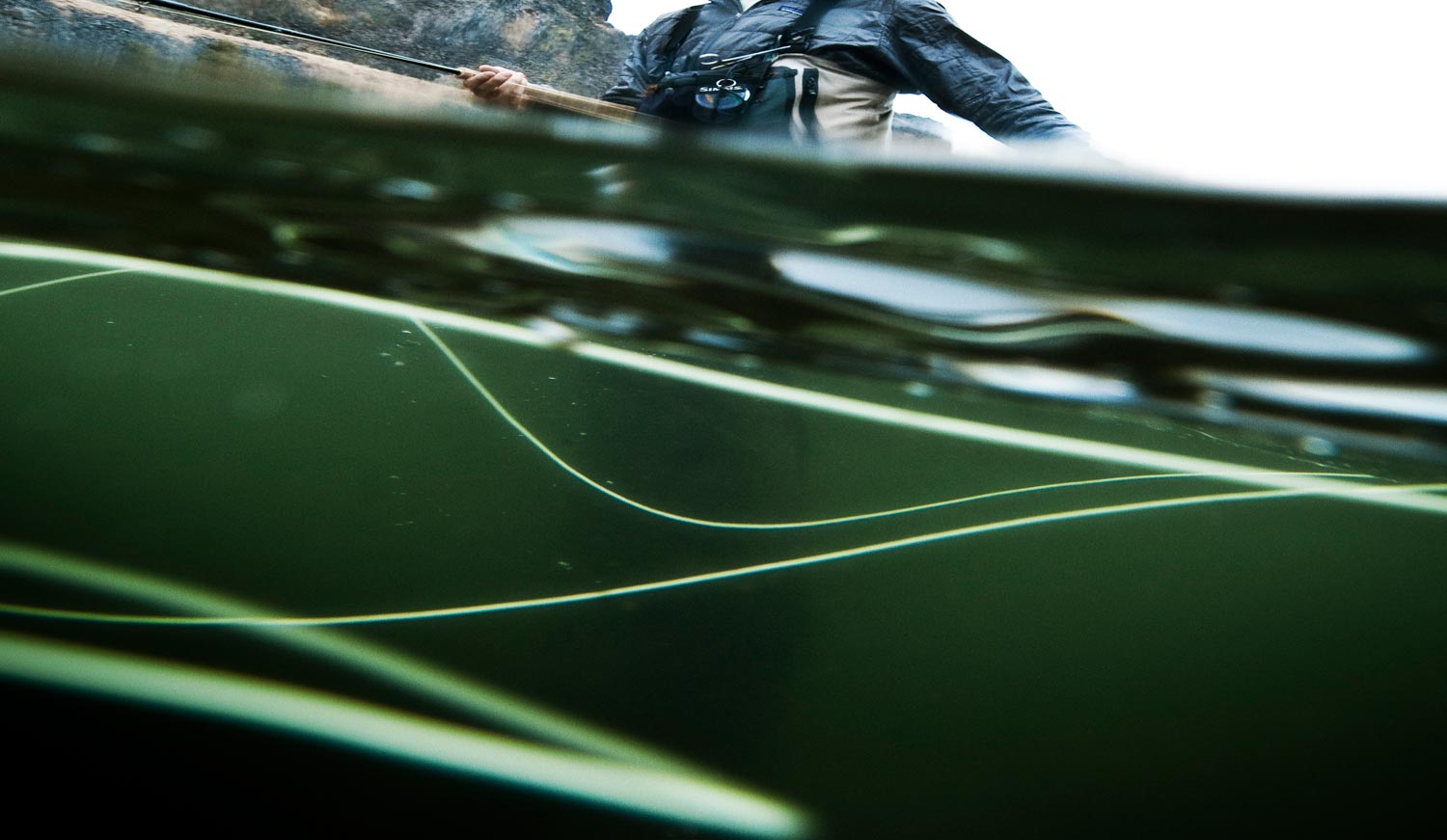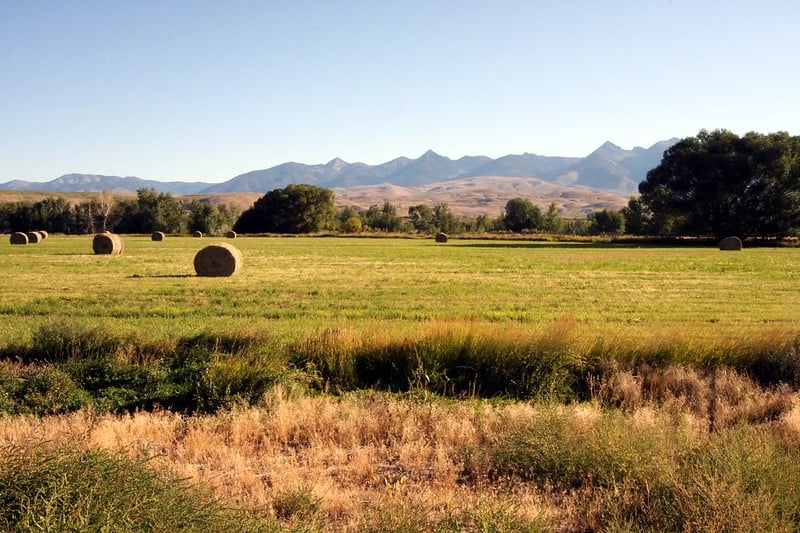Tributaries of Columbia River Designated Wild Steelhead Gene Banks
Three tributaries of the lower Columbia River have been designated “wild steelhead gene banks” by the Washington Department of Fish and Wildlife. These waters will no longer be stocked with steelhead raised in fish hatcheries. “We will continue to support fisheries with hatchery production in selected areas of southwest Washington,” explains director Phil Anderson, “while ensuring that wild fish can be given the best opportunity possible to rebuild and flourish in the future.”
Read more in the press release below.
Three Tributaries of Columbia River Designated Wild Steelhead Gene Banks
OLYMPIA – The Washington Department of Fish and Wildlife (WDFW) today designated three tributaries of the lower Columbia River as “wild steelhead gene banks,” where it will no longer release steelhead raised in fish hatcheries.
Starting this year, WDFW will no longer plant hatchery steelhead in the East Fork Lewis River or the North Fork Toutle/Green River. The Wind River, which has not been stocked with steelhead since 1997, will also be off-limits to any future releases.
As part of that plan, WDFW will redirect more than 50,000 hatchery smolts previously slated for the East Fork Lewis River into the Washougal River and Salmon Creek, and is working to place another 25,000 smolts previously earmarked for the North Fork Toutle/Green River.
Director Phil Anderson said those actions are part of a statewide effort to help conserve and restore wild steelhead, particularly those listed for protection under the federal Endangered Species Act (ESA). All three watersheds designated as gene banks today support wild steelhead listed as threatened since 1998.
“We are building a future where wild steelhead – our state fish – can be enjoyed as part of the natural heritage of our state,” Anderson said. “We will continue to support fisheries with hatchery production in selected areas of southwest Washington, while ensuring that wild fish can be given the best opportunity possible to rebuild and flourish in the future.”
Studies have shown that hatchery fish can compete with wild steelhead for spawning partners, and that interbreeding can reduce survival rates for wild steelhead, Anderson said.
WDFW first identified wild steelhead gene banks as a recovery strategy in the Statewide Steelhead Management Plan, adopted by the Washington Fish and Wildlife Commission in 2008. The department designated the Sol Duc River on the Olympic Peninsula as the state’s first official wild steelhead gene bank in 2012.
Cindy LeFleur, WDFW regional fish manager, said the department’s selection of the three gene banks in the lower Columbia River Basin was based on criteria outlined in the statewide plan and public input received over the past two years. Three local advisory groups appointed by WDFW issued recommendations for specific areas, drawing hundreds of public comments – pro and con – at public meetings and in messages to the department.
“A key requirement for wild steelhead gene banks is that they have a self-sustaining wild steelhead population,” LeFleur said. “The goal is to protect those primary populations and allow them to propagate with minimal interference from hatchery fish.”
To support that effort, WDFW plans to open fishing seasons in the new wild steelhead zones targeting hatchery fish, which will continue to return to those rivers for at least two more years, LeFleur said. Catch-and-release fishing for wild steelhead may also be allowed in later years.
Meanwhile, WDFW will continue to support fishing opportunities in other local rivers, LeFleur said. Those rivers include the mainstem Toutle, South Fork Toutle, Cowlitz, Kalama, Salmon, Washougal, and mainstem and North Fork Lewis rivers.
Jim Scott, assistant director of WDFW’s Fish Program, said the department will forward its final decisions on the gene banks to NOAA-Fisheries, the federal agency that oversees salmon and steelhead recovery in southwest Washington.
“NOAA-Fisheries has strongly supported our efforts to create these new wild steelhead zones, and we’ve communicated frequently throughout the process,” he said.
Scott noted that WDFW plans to create more wild steelhead gene banks throughout the state in the years ahead.
“During the next six months, we will be focusing on establishing wild steelhead gene banks for Puget Sound and lower Columbia tributaries below the Cowlitz River,” Scott said. “As with the plan announced today, our goal will be to continue to make those fish available for area fisheries where doing so is consistent with our steelhead conservation goals.”
Managing Water for Farmers, Industry, Communities and Fish
Video Hatch: "Raise the River vs. Move the Ocean"











